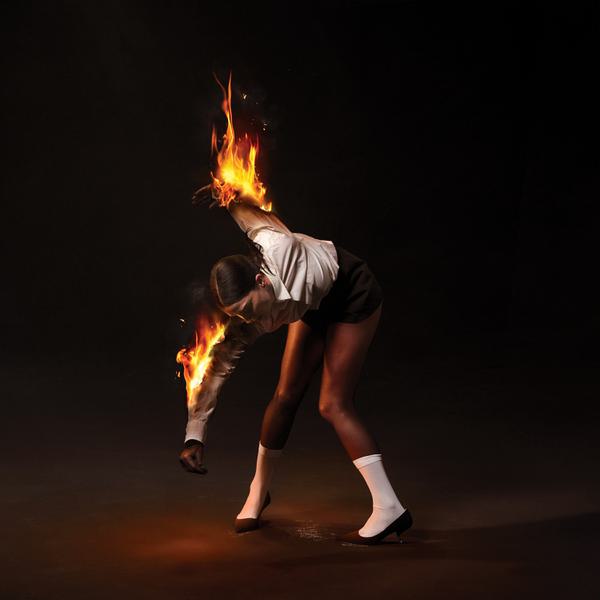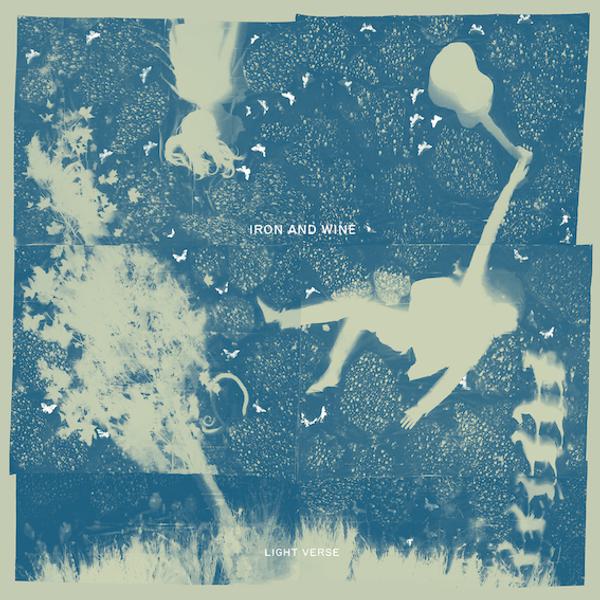Sebastian Reynolds, Anne Müller and Alex Stolze continue to produce work of great beauty
"Solo Collective, Part Two"

It was a set of compositions, a combination of live and studio recordings, by three fine musicians playing together and individually, and the quality of playing of piano (Sebastian Reynolds), cello (Anne Muller) and violin (Alex Stolze) is equally clear on Part Two. What made Part One stand out in an increasingly crowded neo-classical field was the consistently thoughtful interplay and the at times exquisite use of electronics to highlight musical features in a manner never gratuitous or unduly artificial.
The trio has a clear awareness of the classical tradition and of modern developments, and this intelligent understanding was demonstrated across the first record which acknowledged its origins but was never over-derivative. It was an album that resisted both the restrictively minimal and the unnecessarily complex.
Reynolds tells of his early enthusiasm for the likes of Polmo Polpo and others on the Constellation label at the beginning of this century, and indeed the fine mix of improvisation and live recording on Polmo Polpo’s splendid 2003 album Like Hearts Swelling might be seen as a worthy prelude to Part One where tracks such as “Solo? Repeat!” develop ideas in a lively yet well controlled manner, shifting emphases within an overall rhythmic pattern in a way that makes one aware of the piece’s structure yet never reduces it to a schematic exercise.
Part One is a fine album in its own right, and well worth investigating. Its qualities are only accentuated when one hears the even better Part Two, and the points of connection and contrast between the two records become clearer. A specific illustration: “Holy Island” is the last track on the earlier album. This live version, built around a simple piano-based rhythm, incorporates a very well judged use of electronica. The version of “Holy Island” on Part Two has a rather more complex strings-piano relationship, with the piano less forceful and so bringing out in particular the subtlety of Anne Muller’s playing. This should be no surprise given her history of working so well with Nils Frahm.
Despite the limited forces, the range across Part Two is especially impressive. “For Hazel” has no piano component, yet Reynolds’s imaginative integration of various elements from field recordings as well as a supplementary cello bass give extra depth to the soundscape and provide a fine contrast to the more sparse opener “One Year On”, before the lovely klezmer-inflected “By The Tower At Nightfall” which, through a considered arrangement, avoids any drift into the lachrymose.
“Ripeness Is All”, at the start of Side Two, presents a surprising turn towards the industrial, a move that works well here, developing a jagged sound against an initially just-audible reading from Catch-22. It’s the sort of thing one can imagine the Kronos Quartet undertaking in one of their more radical states of mind. With delay and echo and a manic descent into terrifying absurdity, it marks the start of an adventurous shift towards the sinister that continues in the following “Mildenhall”.
The two albums represent a bold venture that has passages of great beauty and remarkable contrast, bound together by confident, technically excellent playing and first rate imaginative production throughout.
Get the Best Fit take on the week in music direct to your inbox every Friday

Sega Bodega
Dennis

St. Vincent
All Born Screaming

Pet Shop Boys
Nonetheless





